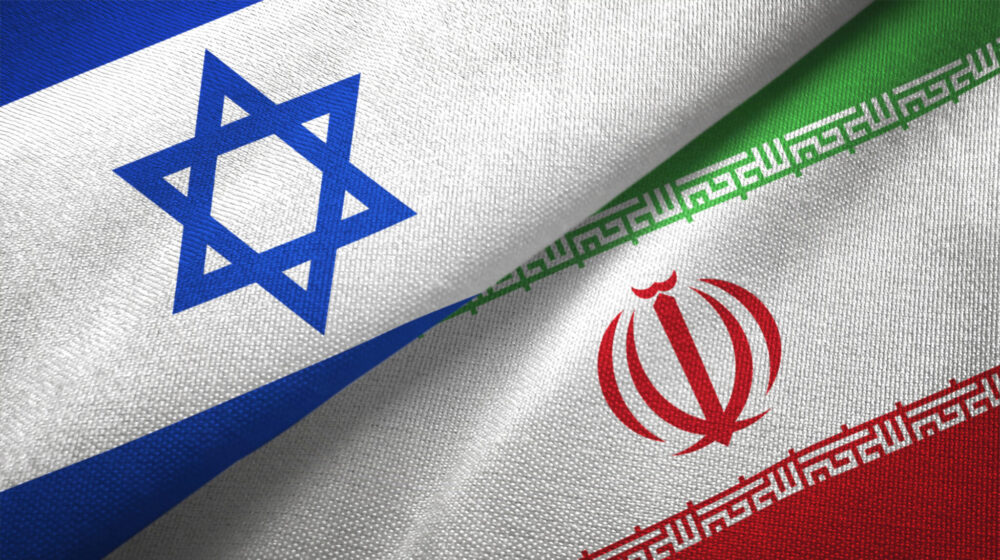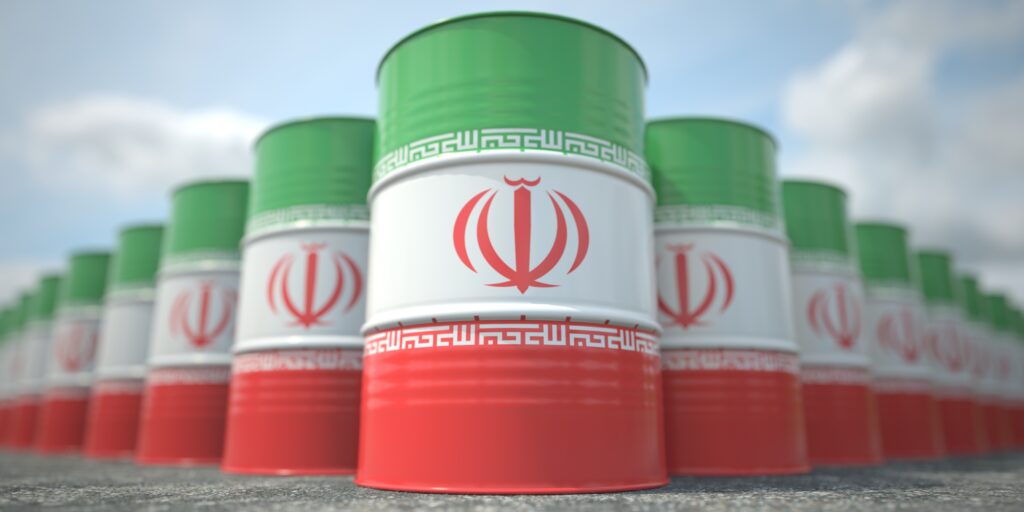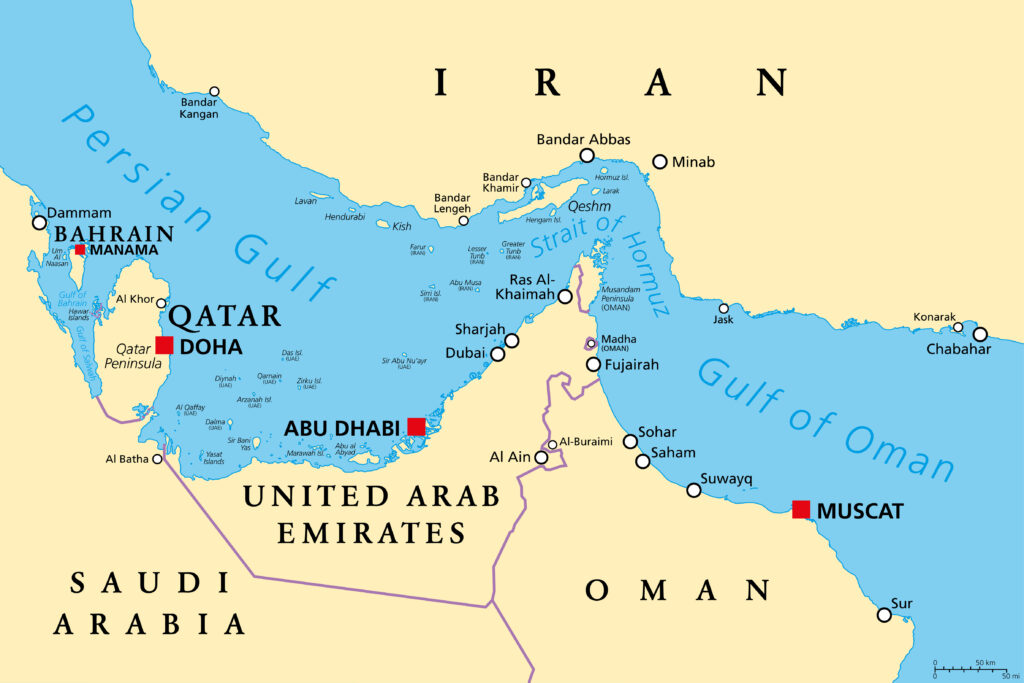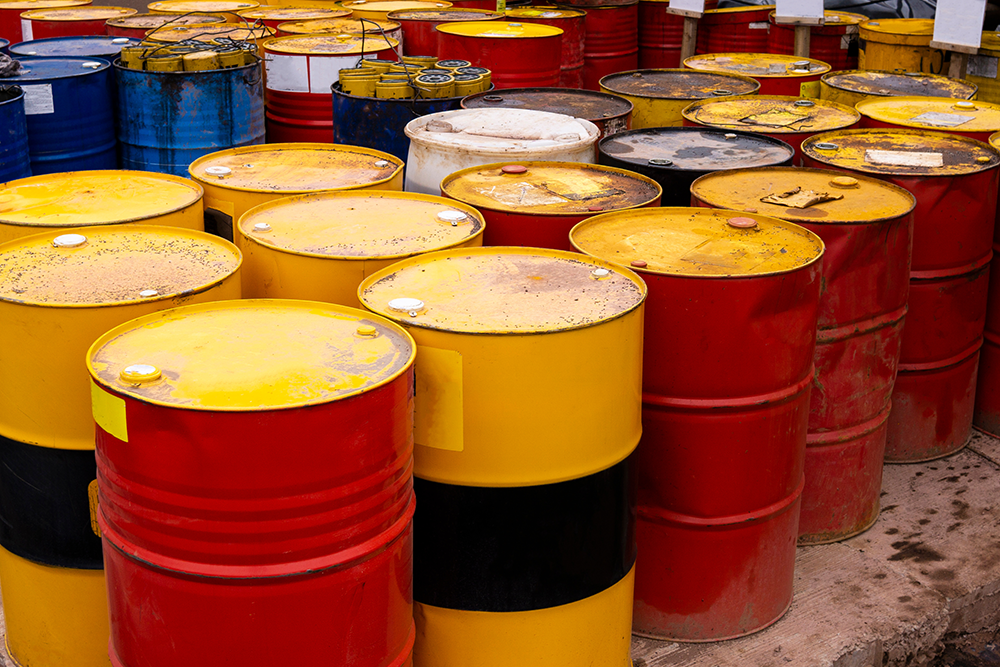Is the Israel-Iran Conflict Just a Warm-Up for an Energy Crisis?

It’s fair to say the Israel Iran conflict has barely dented the gains global stock markets made back in May. Yes, there was a sharp sell-off when hostilities first began. However, markets quickly rebounded, with only those stocks most exposed to international trade still feeling the effects. Unsurprisingly, oil prices have shown more volatility. They rose from $61 at the beginning of the month on the threat of conflict, then jumped after the outbreak. WTI now trades at $75.

While this is slightly elevated, that price is far from panic territory. Rather, it simply reflects the confirmed loss of Iranian crude, most of which went to China and India at steep discounts. It also doesn’t signal fear of a broader conflict. Despite the media’s constant fearmongering, the risk of this war spreading to neighboring countries remains low.
Proactively manage sourcing risks and protect your production schedules by subscribing to MetalMiner’s weekly newsletter today.
Israel Iran and the Strait of Hormuz
During an internal discussion this week—because that’s what happens when you work with market nerds—we debated whether markets are right to remain so calm in the face of the Israel Iran clash. One major risk stood out to us, and markets seem to be largely ignoring it: the Strait of Hormuz. This narrow passage between Iran and Oman’s Musandam Peninsula spans just 21 miles across, with only two-mile-wide shipping lanes in each direction.

U.S. intelligence estimates that Iran holds between 5,000 and 6,000 naval mines, including ground, moored and rising types. And while Israeli air strikes have severely damaged Iran’s military capabilities, the country still retains parts of its once-formidable inshore navy. That includes an estimated 25 submarines—three of which are Russian-built Kilo-class subs, each capable of laying up to 20 mines per mission—and roughly 20 Ghadir-class midget submarines, each capable of laying four mines. On top of that, Iran’s Islamic Revolutionary Guard operates a large fleet of fast, small attack boats that can rapidly deploy mines.
Concerned about overspending on broad data packages? MetalMiner Select provides specific price intelligence for only the metals your company sources, enabling you to focus your investment on where it’s important, not unused data.
The West is Preparing for the Strait’s Closure
Given the Strait’s narrow shipping lanes, even the presence of a few dozen mines—not to mention thousands—could immediately halt tanker traffic. Insurers would refuse to cover vessels passing through until the area is properly cleared, leading to a near-instant stoppage of oil exports from the Gulf.
Market Response Muted So Far
The U.S., of course, is now a net exporter of oil, so its physical supply wouldn’t be affected. But because WTI is a global benchmark, a shutdown of the Strait of Hormuz would still push prices higher across the board, even if Brent Crude Oil sees the sharper spike.

Many metals, especially aluminum, zinc and copper, have a strong correlation with energy prices due to their energy-intensive production. As global energy costs rise, both prices and production capacity for these metals would likely come under pressure. So far, markets have shrugged off this scenario. Let’s hope they’re right.
Struggling to stay updated on metal price trends affected by the Israel Iran conflict? Download MetalMiner’s Monthly Metals Index Report to receive the latest metal price trends, market intelligence and outlooks for 10 different metal industries, aiding your strategic planning.
